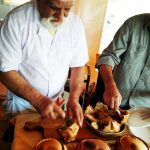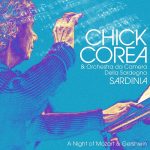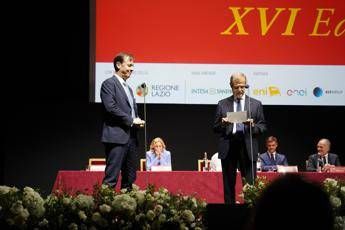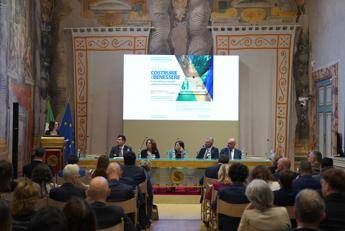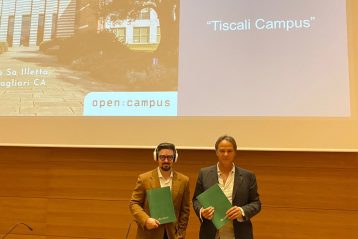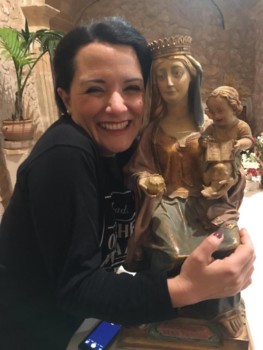
Traveling from Sardinia up to the Spanish island of Mallorca, you will discover the analogies and differences of what is considered one of the oldest Sardinian dishes. According to the anthropologist Veronica Matta, who recently completed her quest journey “Panada on the road”, some scholars have attributed either to the “Nuragic” people or to the Jewish, the origins of this jewel of the Mediterranean diet foodscape.
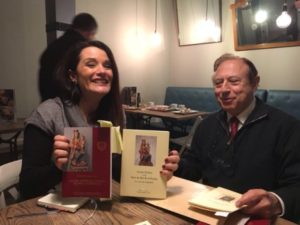
Big or small, but always round. This is ”Sa Panada”, a typical food common to Sardinia and Mallorca, whose concept can be found in many parts of the world: the purpose of this round-shaped pasta is simply to preserve for some days the filling contained within, which can be meat, vegetables and fish. In Sardinia, this food is prepared and served throughout the whole year, whilst in Mallorca “panades” are a typical delicacy of Easter’s festivity, especially if filled with lamb meat.
At a first glance, these “panades” can be mistaken forthe Sardinian’s. The similiarities between these two two Mediterranean islands are striking: not only they have historical and linguistic connections (in Alghero, Catalan is a legacy of the Catalan-Aragonese expansion of the XIV century), but they also share culinary traditions such as “Panada”, considered one of their oldest dishes. Both versions indeed have a very similar shape and taste. However, the differences are due to the use of peculiar ingredients. For example, paprika is not used in Sardinia, where rather garlic and tomato are more common, and in no case they are made with sweet dough, like in Mallorca”.
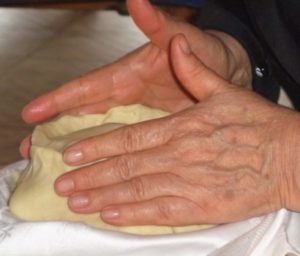
Whereas in Mallorca there are several types of panades, all with different ingredients (mullet, pork, lamb, goat, chicken and onion, peas …), in Sardinia – continues Veronica Matta – there arejust three variants, coming in different sizes and ingredients, depending upon the geographical location of the town they originated from. In Assemini we find lamb or eels, garlic, dried tomatoes, potatoes, pepper and parsley; Oschiri is famous for its pork, lard, garlic and parsley’s panadas; in Cuglieri, instead, beef and pork, artichokes, fava beans, garlic, olives and peas, characterize this food. Only the pastry does not change given it is made with flour, semolina, lard, olive oil, salt and capped with the typical chaplet obtained by pinching the dough and wrapping it on the edges.
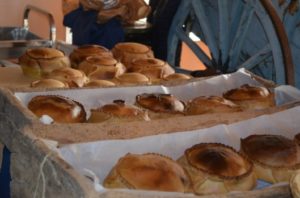
The preparation of panadas is undoubtedly synonymous with festivities. As in Mallorca, they are popular during traditional folk festivals, and they serve the purpose to actively involve all the neighborhoods in their preparation, enhancing relationships and bonds among citizens. Religion as well has not been immune to panada’s appeal and popularity. In the small but important Mallorcan hermitage of Sant Honorat, Father Miquel Mascarò holds a sculptural jewel of the Virgin: onher left arm she holds Jesus and on the right she proudly carries a “panada”. The founder of the Marian cult “Caballeros y Damas de Santa Maria de la Panada” Don Francisco Salleras Juan will be present on the occasion of the international conference called “Nutritional strategies of the peoples of the Mediterranean. Focus on unique dishes. La Panada” to be held on April 21st in Assemini. This meetingwill give the researcher Veronica Matta the title of “Dama de Honor de Santa Maria de la Panada “, the first Sardinian lady.




